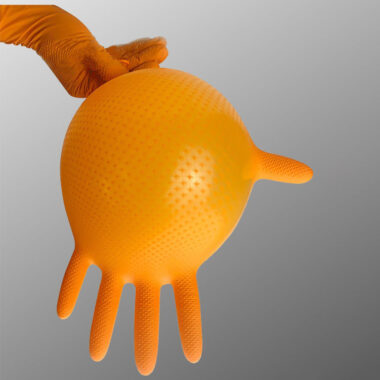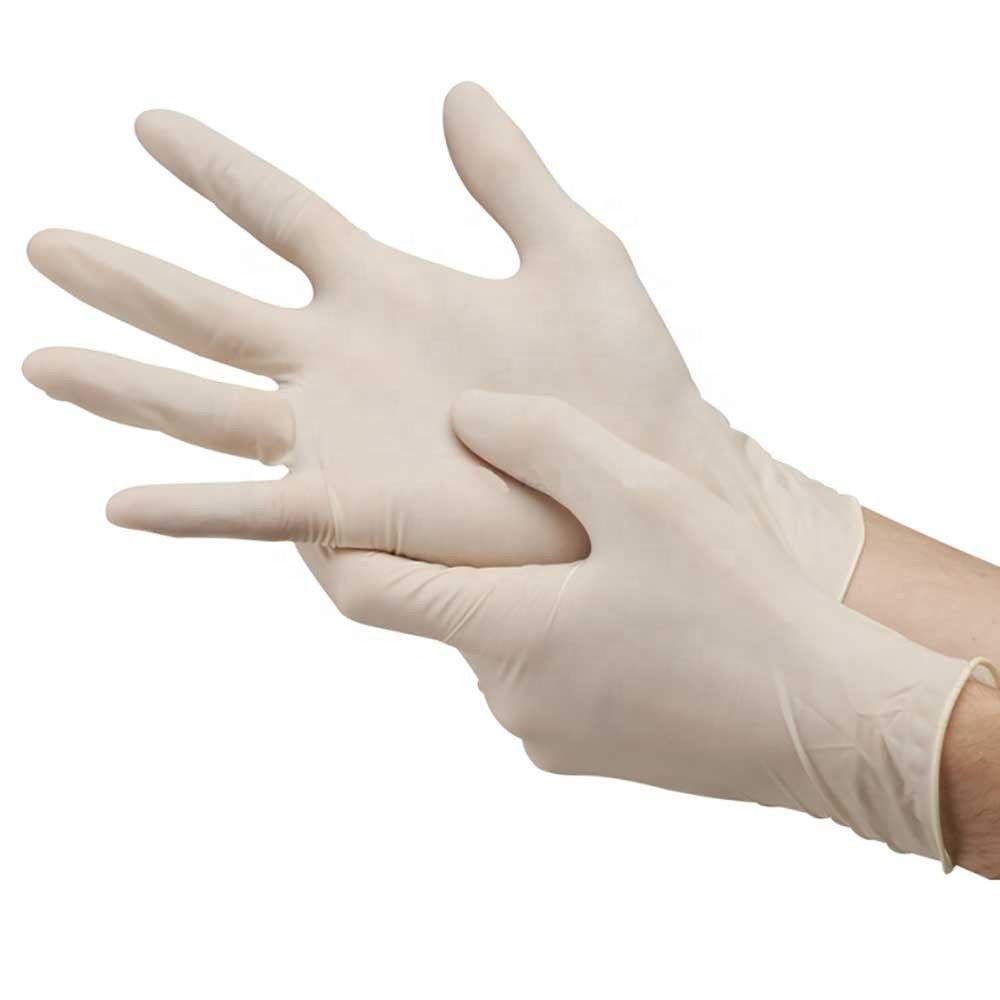In surgical environments, hand protection is critical. Surgical latex gloves must meet the highest quality benchmarks to ensure patient safety and protect healthcare professionals. For global buyers and procurement managers, understanding these standards is essential when sourcing gloves for hospitals, clinics, and distributors.
Certification Requirements for Surgical Gloves
High-quality surgical latex gloves must comply with internationally recognized certifications, including:
-
CE Marking – Required for sale in the EU, ensuring conformity with health and safety standards.
-
FDA 510(k) – Approval in the United States for medical-grade usage.
-
EN455 & EN374 – Standards for medical gloves covering physical properties and barrier resistance.
-
ISO 13485 – Certification of the quality management system in medical device manufacturing.
Working with trusted Surgical Latex Gloves manufacturers guarantees that these certifications are consistently met.
Powder-Free vs. Powdered Surgical Gloves
Most modern surgical gloves are powder free, as powdered gloves have been linked to higher infection risks and allergic reactions. Powder-free variants are chlorinated or polymer-coated to ensure easy donning without powder. This makes them the safer choice for surgical procedures and patient contact.
Material & Performance Standards
Surgical latex gloves must not only protect against contamination but also provide:
-
High Elasticity & Strength – To withstand prolonged procedures without tearing.
-
Enhanced Sensitivity – Allowing surgeons to perform with precision.
-
Sterility – Individually packed and sterilized to meet surgical protocols.
-
Consistency in Sizing – Ensuring a comfortable fit across global markets.
These performance qualities differentiate surgical gloves from standard examination gloves.
Supply Chain Considerations for Buyers
Large hospitals and procurement agencies require a reliable supply of certified surgical gloves. This is where working with a dependable latex gloves supplier becomes critical. Bulk availability, stable pricing, and timely delivery ensure uninterrupted surgical operations.
Distributors often source through Latex gloves wholesale, allowing them to balance cost efficiency with quality compliance.
Future Trends in Surgical Latex Gloves
The market is shifting toward:
-
Low-protein latex to reduce allergy risks.
-
Biodegradable materials for eco-conscious buyers.
-
Customization options such as OEM packaging and sterile branding for regional distributors.
These trends reflect the growing importance of both safety and sustainability in global procurement.
Conclusion: Quality First for Global Buyers
For global buyers, surgical latex gloves are not a commodity—they are a medical necessity. Ensuring compliance with CE, FDA, EN, and ISO standards is non-negotiable. By partnering with reliable manufacturers and suppliers, buyers secure not only safe products but also long-term trust in their procurement process.















